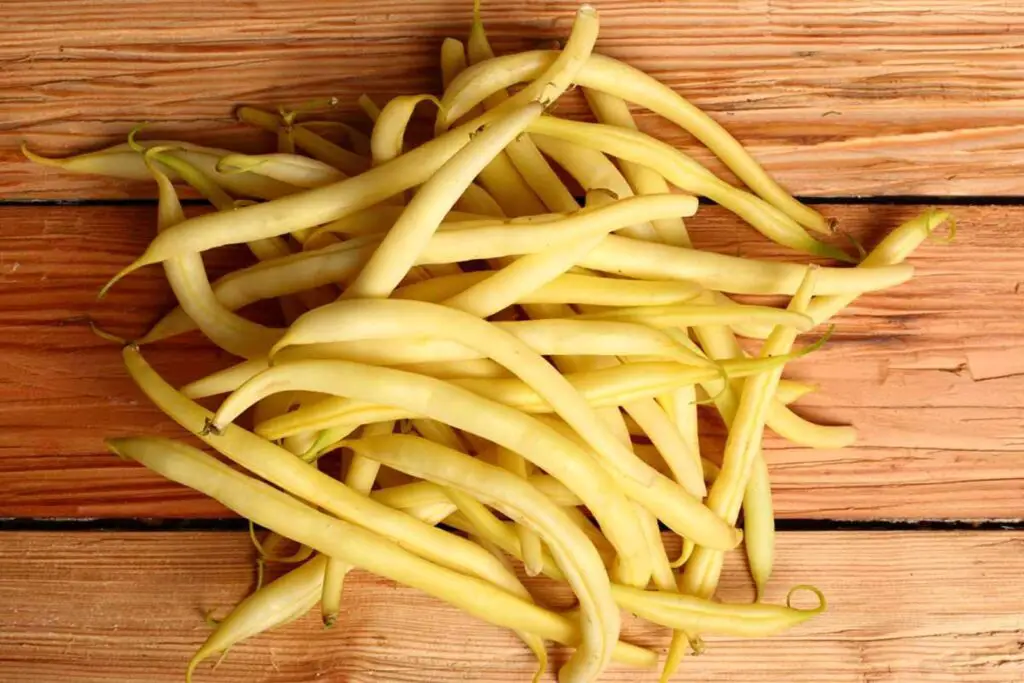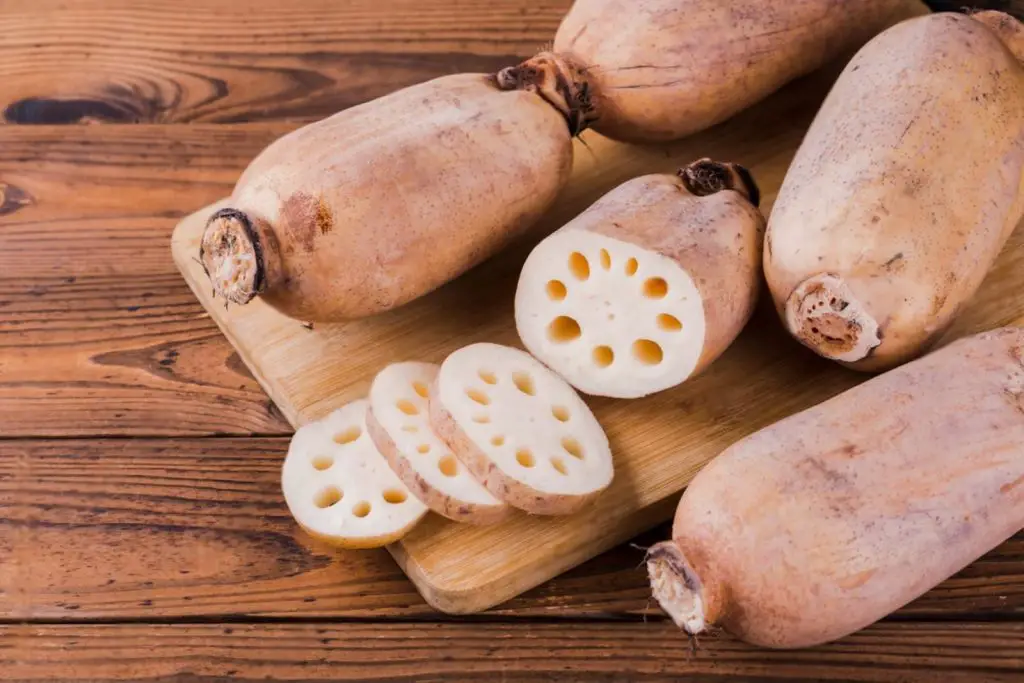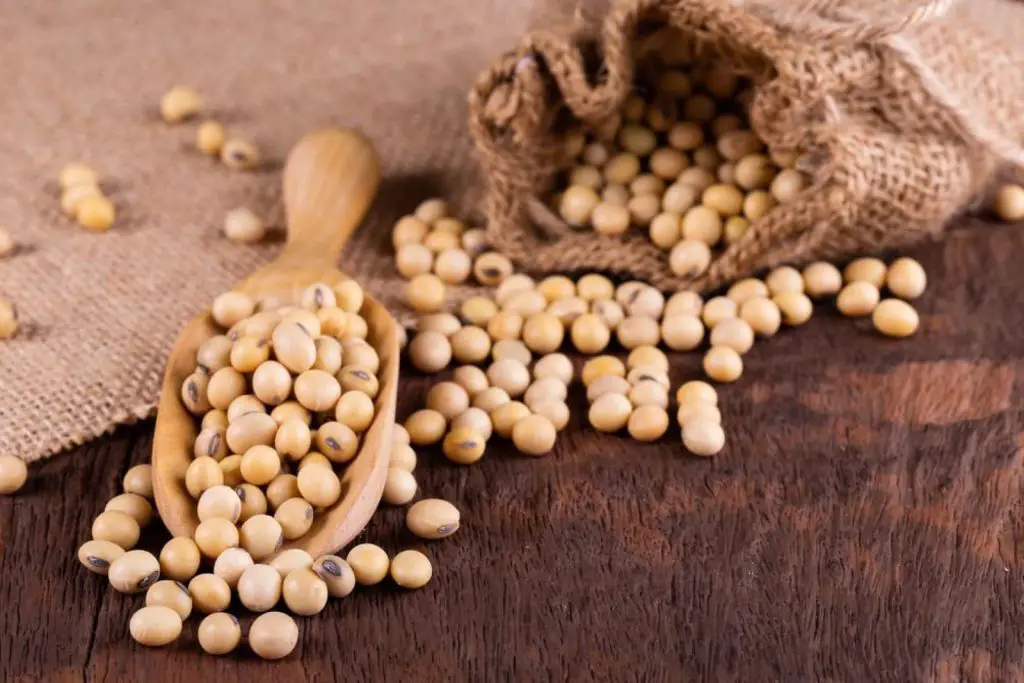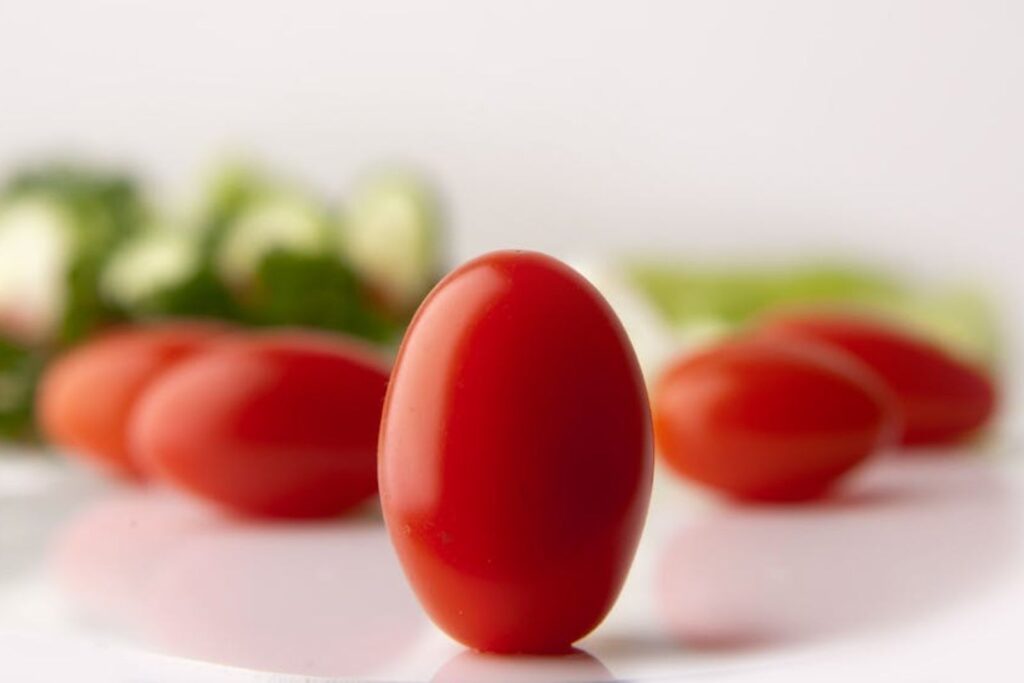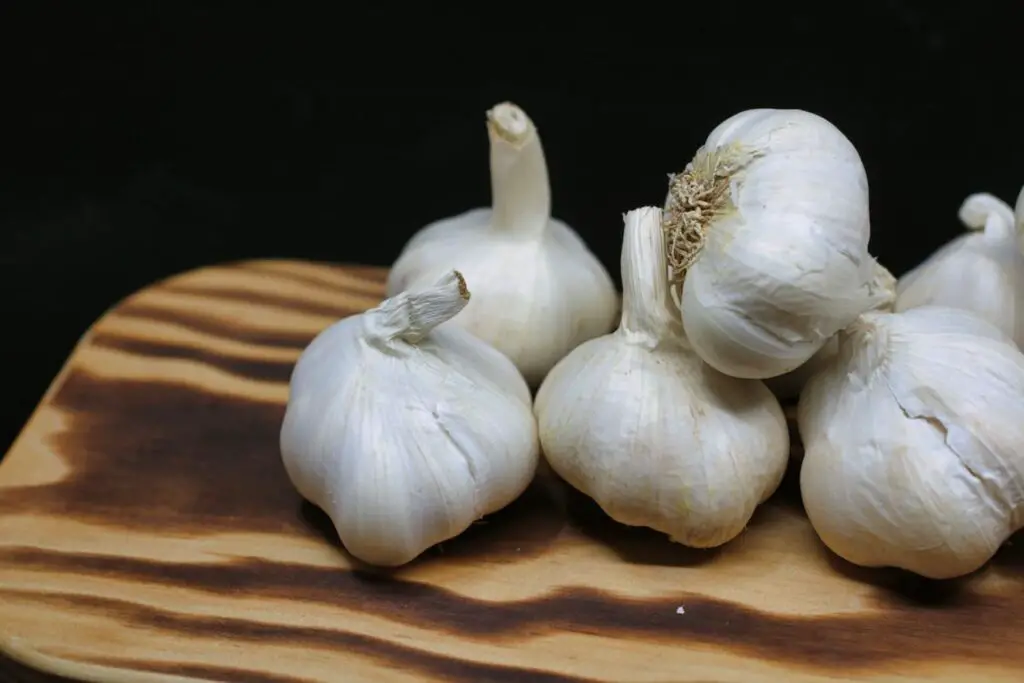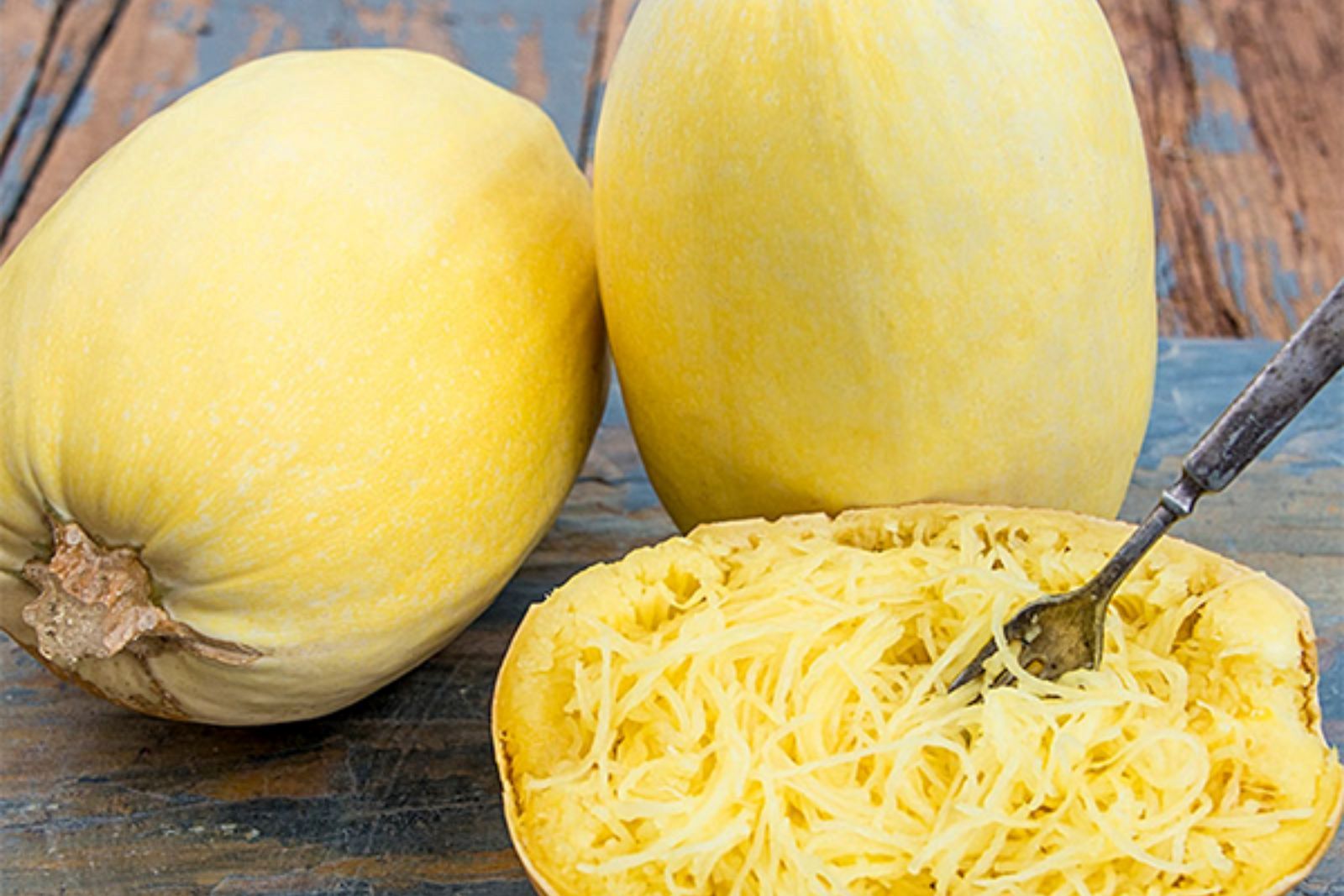
Spaghetti squash, known for its unique stringy texture that resembles spaghetti noodles, is a versatile and nutritious vegetable. If you find yourself with an abundance of spaghetti squash or want to prolong its shelf life, freezing is an excellent option. Freezing spaghetti squash allows you to preserve its freshness, flavor, and nutritional value for future use in a wide range of delicious recipes. In this article, we will guide you through the process of freezing spaghetti squash, ensuring that you can enjoy this delightful vegetable all year round.
Here are the simple steps to freeze spaghetti squash:
Step 1: Select the Perfect Spaghetti Squash
The first step in freezing spaghetti squash is to choose the right squash. Selecting high-quality squash is essential for ensuring the best results when it comes to taste and texture. Here’s what you need to consider:
- Look for firmness: When selecting spaghetti squash, gently press the skin with your fingertips. A firm squash indicates that it is fresh and ripe. Avoid squash that feels soft or mushy, as it may have started to spoil.
- Check the color: Spaghetti squash should have a vibrant yellow color. Avoid squash that appears dull or has green patches. A rich yellow hue indicates that the squash is ripe and ready to be used.
- Inspect for blemishes or mold: Examine the surface of the squash carefully. Avoid any spaghetti squash that has visible blemishes, cuts, bruises, or signs of mold. Such imperfections can affect the quality and taste of the squash.
- Consider size: Opt for medium-sized spaghetti squash for freezing. While larger squash might seem tempting, they can have a higher water content, resulting in a mushy texture after freezing. Medium-sized squash tends to maintain their texture better when thawed.
By selecting firm, vibrant yellow spaghetti squash without any blemishes or mold, you’re ensuring that your frozen squash will have a pleasant taste and retain its firmness when cooked. Remember, choosing the right squash is the foundation for a successful freezing process.
Step 2: Prepare the Spaghetti Squash
Properly preparing the spaghetti squash is crucial before freezing to ensure cleanliness and remove unwanted parts. Follow these steps to prepare the squash:
- Wash the squash: Begin by rinsing the spaghetti squash thoroughly under cool running water. This will remove any dirt or debris that may be present on the outer skin. Gently scrub the surface with a vegetable brush to ensure a thorough cleaning.
- Slice the squash: Using a sharp knife, carefully cut the spaghetti squash in half lengthwise. Start by making a small incision near the stem end, then continue cutting down the length of the squash until you reach the other end. Take your time and exercise caution to avoid any accidents.
- Remove the seeds and pulp: Once the squash is halved, you’ll find a cavity filled with seeds and stringy pulp in the center. Use a spoon or fork to scoop out the seeds and pulp, discarding them or saving the seeds for roasting if desired. Scrape along the inner walls of the squash to remove any remaining stringy bits.
By washing the squash thoroughly and removing the seeds and pulp, you are ensuring that your spaghetti squash is clean and ready for the next steps in the freezing process. Taking the time to properly prepare the squash will contribute to a more enjoyable eating experience when it’s time to cook with the frozen strands.
Step 3: Precook the Squash
Pre Cooking the spaghetti squash before freezing helps to maintain its quality and texture. There are two popular methods for pre-cooking spaghetti squash: boiling and baking. Here’s how to do it:
Boiling method:
- Fill a large pot with water and bring it to a boil.
- Carefully place the spaghetti squash halves into the boiling water, ensuring they are fully submerged.
- Boil the squash for approximately 15 minutes or until the flesh becomes tender. You can check the doneness by inserting a fork into the flesh; it should easily go through.
- Once cooked, remove the squash from the boiling water and let it cool before proceeding.
Baking method:
- Preheat your oven to 375°F (190°C).
- Place the spaghetti squash halves on a baking sheet, cut side down.
- Bake the squash in the preheated oven for about 40-45 minutes, or until the flesh is easily pierced with a fork.
- Once cooked, remove the squash from the oven and allow it to cool before handling.
Both methods effectively cook the squash, making it tender and easy to separate into strands later on. The boiling method is quicker, while the baking method results in a slightly caramelized flavor. Choose the method that suits your preference and kitchen setup.
Step 4: Cool and Separate the Strands
After pre-cooking the spaghetti squash, it’s important to allow it to cool down before separating the strands. Here’s how to cool and separate the strands:
- Cooling the squash:
- After removing the pre-cooked spaghetti squash from the boiling water or oven, place it on a cutting board or a heat-safe surface.
- Let the squash cool for a few minutes until it is safe to handle. This will prevent any accidental burns while separating the strands.
- Separating the strands:
- Take a fork and hold one of the squash halves with one hand.
- Using the fork in your other hand, gently scrape the flesh of the squash lengthwise, starting from one end and moving towards the other. Apply light pressure with the fork to loosen and separate the strands.
- The strands should resemble spaghetti noodles or thin ribbons. Continue scraping until you’ve extracted all the strands from the squash half.
- Repeat the process for the remaining squash halves.
It’s important to be gentle while scraping the flesh to avoid breaking the strands. The aim is to create long, spaghetti-like strands that will be easy to work with when using the frozen squash later on. Taking your time and being patient during this step will ensure that you have nicely separated strands to freeze and use in your future recipes.
Step 5: Pack to Freeze Spaghetti Squash
Proper packaging is essential when freezing spaghetti squash to maintain its flavor, texture, and quality over time. Follow these steps to package the separated strands for freezing:
- Portioning the strands:
- Divide the separated spaghetti squash strands into portion sizes that suit your needs. Consider how much you typically use in a single recipe or serving and package accordingly.
- Portioning the strands allows you to defrost and use only the amount you need, minimizing waste.
- Choosing freezer-safe containers or bags:
- Use airtight freezer-safe containers or resealable freezer bags to package the spaghetti squash strands. These containers will help protect the squash from freezer burn and prevent any unwanted odors from seeping in.
- Ensure that the containers or bags are specifically designed for freezer use to maintain the quality of the squash during storage.
- Removing excess air:
- For containers: Fill the container with the portioned spaghetti squash strands, leaving a little space at the top to allow for expansion during freezing. Press down gently to remove any air bubbles, and then seal the container tightly.
- For bags: Fill the freezer bag with the portioned strands, leaving some room at the top. Press out as much air as possible before sealing the bag securely. Consider using a vacuum sealer if available for optimal results.
- Labeling the containers:
Label each container or bag with the date of freezing and the contents, such as “Frozen Spaghetti Squash” or “Squash Strands.” This labeling will help you keep track of the freezing date and easily identify the contents when you retrieve them from the freezer.
Proper packaging, portioning, and labeling are vital for maintaining the quality of the frozen spaghetti squash. By removing excess air and using suitable freezer-safe containers or bags, you’ll help prevent freezer burn and ensure that the spaghetti squash retains its taste and texture.
Step 6: Freeze and Store in the Freezer
Once you have properly packaged the spaghetti squash, it’s time to freeze and store it. Follow these guidelines to ensure optimal freezing and storage:
- Freezing the spaghetti squash:
- Place the containers or bags of packaged spaghetti squash in the freezer. It’s important to lay them flat to maximize space and ensure even freezing.
- Make sure the containers or bags are placed in an area of the freezer where they won’t be disturbed or subjected to temperature fluctuations.
- Freezing time and storage duration:
- It’s recommended to use the frozen spaghetti squash within 3 to 6 months for the best quality. Beyond this time, the texture and taste may start to degrade.
- Keeping track of the freezing date on the labeled containers or bags will help you ensure you use the spaghetti squash within the recommended time frame.
- Storage considerations:
- Store the frozen spaghetti squash in a dedicated freezer area where it won’t get crushed or damaged by other items.
- It’s advisable to store the spaghetti squash away from strong-smelling foods to prevent any flavor transfer.
- Remember that proper packaging, with airtight containers or bags, helps maintain the quality of the frozen squash during storage.
By laying the containers or bags flat in the freezer, you allow for efficient use of space and ensure that the spaghetti squash freezes evenly. Following the recommended storage duration will help you enjoy the best quality of frozen spaghetti squash when you’re ready to use it in your recipes.
How do I prevent freezer burn when freezing spaghetti squash?
To prevent freezer burn when freezing spaghetti squash, proper packaging is crucial. Ensure that the squash is tightly sealed in airtight freezer-safe containers or bags, removing excess air to minimize exposure to moisture and air. Additionally, consider using freezer-grade containers or vacuum-sealing equipment for added protection. Storing the frozen squash in a dedicated area of the freezer, away from the door and other items that may cause temperature fluctuations, can also help prevent freezer burn.
Step 7: Thaw the Frozen Spaghetti Squash
When you’re ready to use the frozen spaghetti squash, follow these steps to thaw it and incorporate it into your recipes:
- Thawing the spaghetti squash:
- Remove the desired portion of frozen spaghetti squash from the freezer.
- Transfer it to the refrigerator and allow it to thaw overnight or for at least 4-6 hours. Thawing in the refrigerator helps maintain the texture and flavor of the squash.
- Gently reheating the squash:
- Once the spaghetti squash has thawed, gently reheat it before using it in your recipes.
- One option is to heat it in a skillet on the stovetop. Add a small amount of oil or butter to the skillet and warm it over medium heat. Add the thawed spaghetti squash and stir-fry for a few minutes until it’s heated through.
- Alternatively, you can reheat the squash in the microwave. Place the thawed spaghetti squash in a microwave-safe dish and cover it with a microwave-safe lid or plastic wrap. Heat it in short intervals, stirring occasionally, until it’s warmed to your desired temperature.
- Using the spaghetti squash in recipes:
- Once the frozen spaghetti squash has been thawed and reheated, it’s ready to be incorporated into your favorite recipes.
marinara sauce, spaghetti squash carbonara, or spaghetti squash pad Thai.
- You can also add thawed squash to soups, stews, stir-fries, or casseroles for added flavor, texture, and nutritional value.
Thawing the spaghetti squash in the refrigerator ensures a gradual thawing process, maintaining the quality of the squash. Gently reheating the thawed squash in a skillet or microwave helps bring it back to the desired temperature for use in various recipes. Enjoy the delicious taste and texture of the frozen spaghetti squash in your culinary creations.
Other related questions
Can you refreeze spaghetti squash?
It is generally not recommended to refreeze spaghetti squash once it has been thawed. Refreezing can negatively affect the quality and texture of the squash. To maintain the best taste and texture, portioning the spaghetti squash before freezing is advisable, so you can thaw and use only the amount you need.
How do I know if the spaghetti squash has gone bad after being frozen?
To determine if frozen spaghetti squash has gone bad, examine its appearance, smell, and texture. If the squash appears discolored, has an off-putting odor, or has a mushy texture, it may deteriorate. Additionally, freezer burn, which causes dry and discolored patches, can also indicate spoilage. When in doubt, it is safer to discard the spaghetti squash to avoid any potential foodborne illnesses.
Are there any tips for maximizing the quality of frozen spaghetti squash?
To maximize the quality of frozen spaghetti squash, it is important to follow a few tips. First, ensure that the squash is properly cooked before freezing to maintain its texture. Proper packaging in airtight freezer-safe containers or bags, with excess air removed, helps prevent freezer burn and maintain freshness. Additionally, using the frozen spaghetti squash within 3 to 6 months and storing it in a dedicated area of the freezer away from strong-smelling foods will help preserve its flavor and quality.
Can frozen spaghetti squash be used in various recipes?
Frozen spaghetti squash can indeed be used in various recipes. It serves as a nutritious and low-carb substitute for traditional pasta, making it suitable for dishes like spaghetti squash with marinara sauce, spaghetti squash carbonara, or spaghetti squash pad Thai. Additionally, you can incorporate the thawed squash into soups, stews, stir-fries, or casseroles to add flavor, texture, and nutritional value. Freezing spaghetti squash allows for versatility in meal planning and provides options for incorporating it into a wide range of recipes.
What are some delicious recipes I can make with frozen spaghetti squash?
There are several delicious recipes you can make with frozen spaghetti squash. You can use it as a base for a variety of pasta dishes, such as spaghetti squash with marinara sauce, spaghetti squash carbonara, or spaghetti squash primavera. It can also be used as a filling for stuffed squash boats, incorporated into soups or stews, or added to casseroles for added flavor and nutrition. The versatility of frozen spaghetti squash opens up a world of creative and tasty recipe possibilities.

